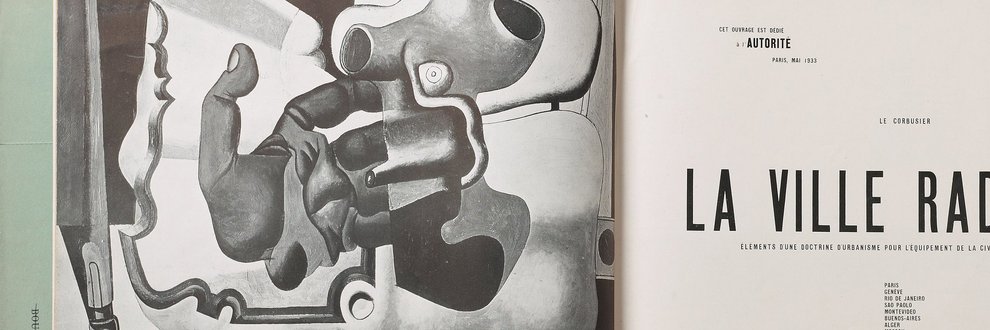

Theories of urban design
Reading Le Corbusier
Was Le Corbusier - the heroic figure of modernism, the brilliant designer, and self-inventor many times over - also a theorist? Yes. No. It is hard to decide whether his writing can be separated from his tremendous architectural output: whether his numerous books merely accompanied, supported, and promoted his architectural and urban works, or if he developed a consistent and coherent theory in its own right.
Stand-alone theory or not, the great architect, urbanist, designer and painter was a highly prolific writer. He published at least 16 books, among them legendary best-sellers like ‘Vers une Architecture’ (1923) or ‘La Ville Radieuse’ (1935). He is probably one of the most quoted and referenced architects; he not only developed iconic schemes like 'Plan Voisin', but also coined phrases like ‘a house is a machine for living in’. And, finally, reading Le Corbusier is also fun: his manifestos, his pamphlets, his pleas, and his rants are surely no scientific theory but they are insightful and entertaining.
In the seminar we will read selected texts from and about Le Corbusier, try to figure out what kind of writer he was, and discuss whether his thoughts have more than historic value.
The seminar’s second subject is reading itself. You will learn about different reading techniques and how to extract meaning from text and theory. The seminar is intended to promote a knowledge-based, critical understanding and to encourage taking up a personal position to become an autonomous reader.
It is a course for everyone who truly enjoys reading, writing, and discussing theoretical texts. Good language skills are required. The seminar is combined with a tutorial on Le Corbusier’s times and the context of his writings.
